The 2021-2025 New Rural Program creates a new look for rural Vietnam. More than 78% of communes meet the standards, with average income increasing nearly 1.5 times compared to 2020.
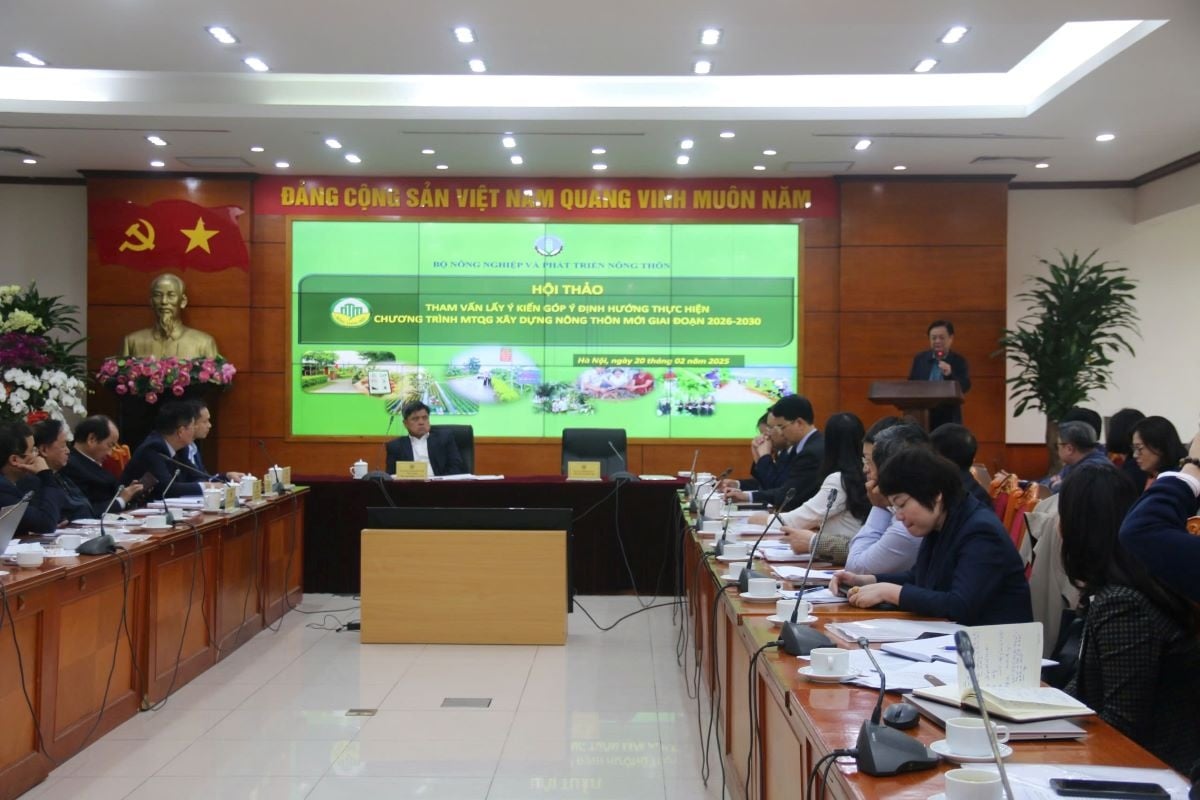 |
| Conference scene |
On February 20, in Hanoi, the Ministry of Agriculture and Rural Development held a consultation workshop to collect opinions on the implementation orientation of the National Target Program (NTP) on new rural construction (NTM) for the period 2026 - 2030.
More than 50% of OCOP products are consumed through e-commerce channels.
The report of the Central Coordination Office for New Rural Areas shows that the National Target Program on New Rural Areas Construction for the 2021-2025 period has made important contributions to changing the face of rural areas and effectively restructuring the agricultural sector. The 2021-2025 period marks an important step forward in Vietnam's rural development. More than 78% of communes meet the New Rural Area standards, surpassing previous periods. Infrastructure has been heavily invested with more than 60,000 km of upgraded roads, connecting production areas with the market. More than 95% of villages and hamlets have car roads to the center, promoting the economy and trade.
Electricity, clean water, schools, health stations, and cultural houses have been significantly improved: nearly 100% of households use grid electricity, and more than 95% of the population has access to clean water. The quality of education and health care has improved, with more than 90% of schools meeting national standards and 85% of health stations having regular doctors.
In addition, environmental protection has seen many positive changes. Many localities have effectively implemented models of waste treatment at source, increased the use of renewable energy and applied green solutions in agricultural production.
The "One Commune One Product" (OCOP) program has been strongly implemented, with more than 15,500 products meeting 3-star standards or higher, creating high economic value and enhancing the position of Vietnamese goods in the international market. Notably, more than 50% of OCOP products are consumed through e-commerce channels, helping to expand the consumer market and increase people's income.
Mr. Ngo Truong Son - Chief of the Central Office for New Rural Development Coordination, the average income per capita in rural areas has increased significantly, reaching over 55 million VND/year, an increase of nearly 1.5 times compared to 2020. In particular, mountainous and remote areas have seen marked improvements thanks to livelihood support programs, vocational training and development of agricultural cooperatives.
The rate of collection and treatment of rural household waste reached over 80%, while more than 70% of farming households applied sustainable production models, using organic fertilizers and biological products. Thanks to that, the rural living environment was significantly improved, contributing to promoting sustainable development.
According to Mr. Phuong Dinh Anh, Deputy Head of the Central Office for New Rural Area Coordination, in the 2021-2025 period, the National Criteria for New Rural Areas (NTM) will have many important adjustments to improve quality. The commune-level criteria will retain 19 criteria but add 8 indicators, bringing the total to 57 indicators to more fully reflect the needs of socio-economic development. By the end of 2024, more than 78% of communes nationwide will meet NTM standards.
Building new knowledge and sustainable rural areas
In the period of 2026 - 2030, continue to implement the National Target Program on new rural construction in the direction of urbanization, ensuring substance, depth, efficiency, sustainability, taking rural residents as the main subject, bringing about more positive and clear changes in lifestyle to each village, hamlet, household and the direct life of each person living in rural areas.
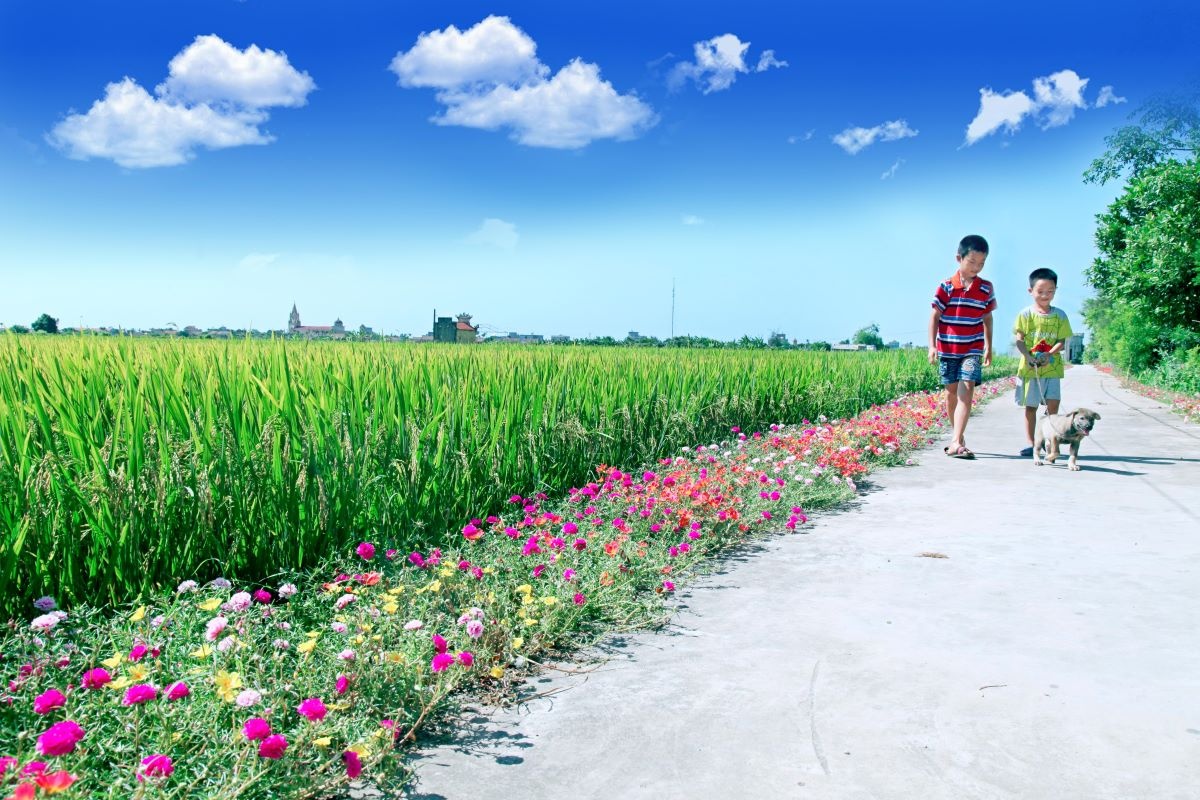 |
| Building a livable countryside, a harmony between tradition and modernity |
The specific goal by 2030 is to strive for about 90% of communes nationwide to meet new rural standards, of which about 50% will meet advanced new rural standards, and at least 20% will meet model new rural standards; there will be no more communes with less than 15 criteria. The average income of rural people in 2030 is expected to increase 2.5 - 3 times compared to 2020, equivalent to 104 - 125 million VND/person/year.
According to Dr. Tran Cong Thang - Director of the Institute of Policy and Strategy for Agricultural and Rural Development (IPSARD), one of the key factors to promote sustainable development is to build a modern infrastructure system, while strengthening the connection between urban and rural areas.
Accordingly, the completion of the inter-regional transport system, the development of agricultural logistics centers, wholesale markets, and cold storage will contribute to reducing transportation costs and improving the efficiency of the supply chain. In addition, the expansion of digital infrastructure is also considered an important factor, creating a foundation for the development of e-commerce and the application of digital technology in the agricultural sector.
Along with infrastructure development, the preservation and promotion of rural cultural identity also plays an indispensable role. Traditional craft villages, community tourism models, and cooperative economies need to be effectively exploited to both create sustainable livelihoods for people and preserve indigenous cultural values. This is not only an economic driving force but also a way to protect cultural heritage in the context of integration and development.
Mr. Le Minh Hoan - Vice Chairman of the National Assembly shared: "The world is changing very quickly and Vietnam's countryside cannot continue to follow the old path. If you want to have things that have never been, you have to do things that have never been done. If in the past we talked about new countryside with roads, schools, and spacious houses, now we need to emphasize more on a knowledge-based countryside, a highly connected countryside and a sustainably developing rural economy".
According to Mr. Le Minh Hoan, it is necessary to build a knowledge-based rural community - bringing knowledge to the countryside; developing the rural economy associated with preserving and promoting traditional crafts; promoting agricultural tourism, startups and innovation; developing farm economy, linking production according to value chains; building a livable countryside, harmonizing tradition and modernity.
“Building a new countryside is not a destination but a journey of continuous innovation, creativity and development. We need a “new” countryside not only in form but also new in thinking, new in working methods, new in production organization and community development,” Mr. Le Minh Hoan shared.
Source: https://thoibaonganhang.vn/nong-thon-moi-khong-chi-la-duong-truong-tram-160667.html

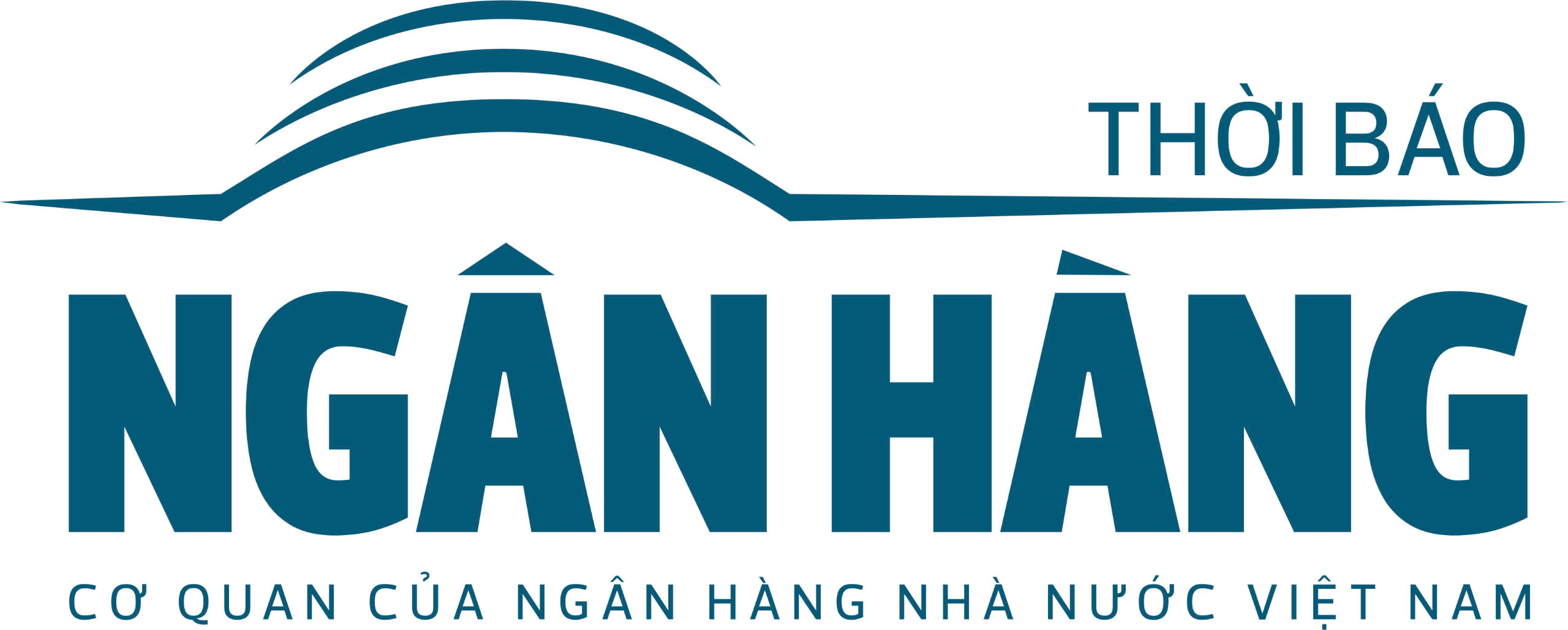


![[Photo] Looking back at the impressive moments of the Vietnamese rescue team in Myanmar](https://vstatic.vietnam.vn/vietnam/resource/IMAGE/2025/4/11/5623ca902a934e19b604c718265249d0)


![[Photo] "Beauties" participate in the parade rehearsal at Bien Hoa airport](https://vstatic.vietnam.vn/vietnam/resource/IMAGE/2025/4/11/155502af3384431e918de0e2e585d13a)
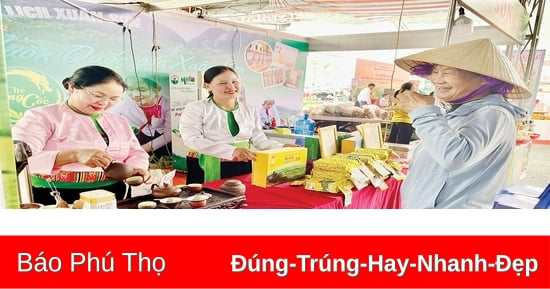

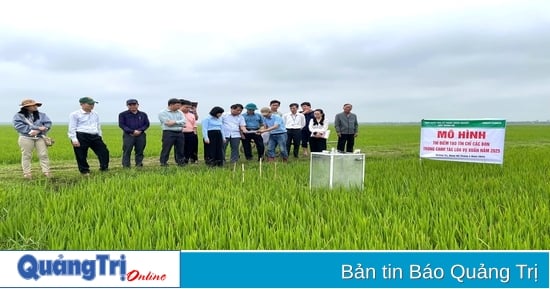



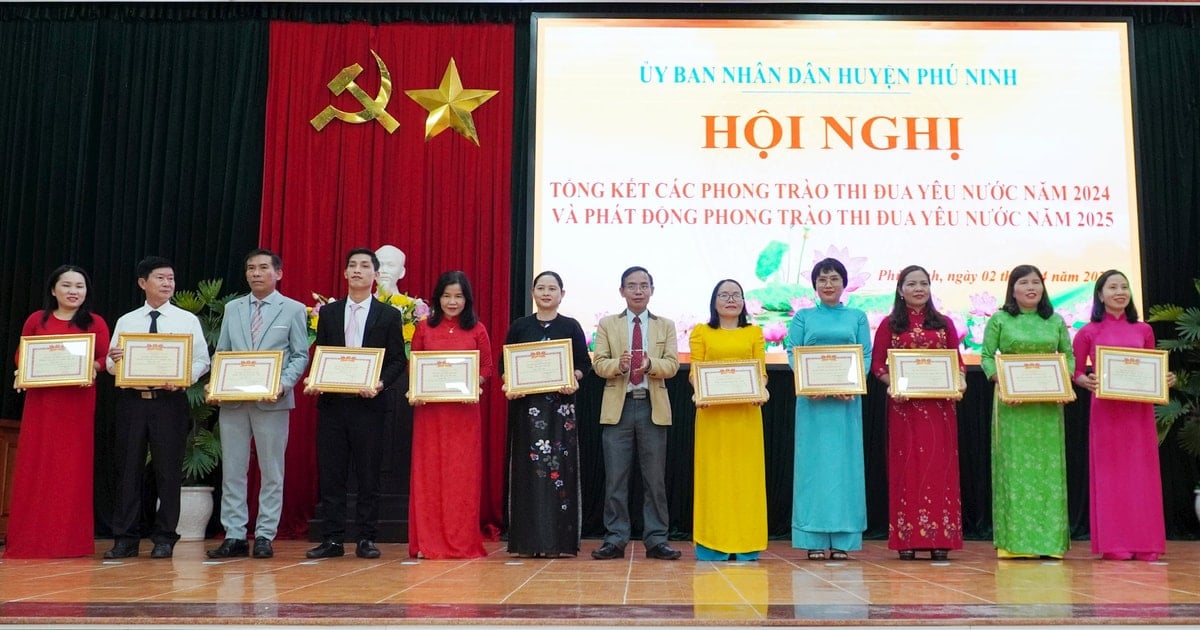



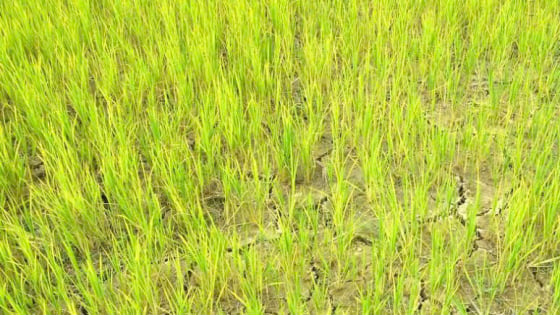
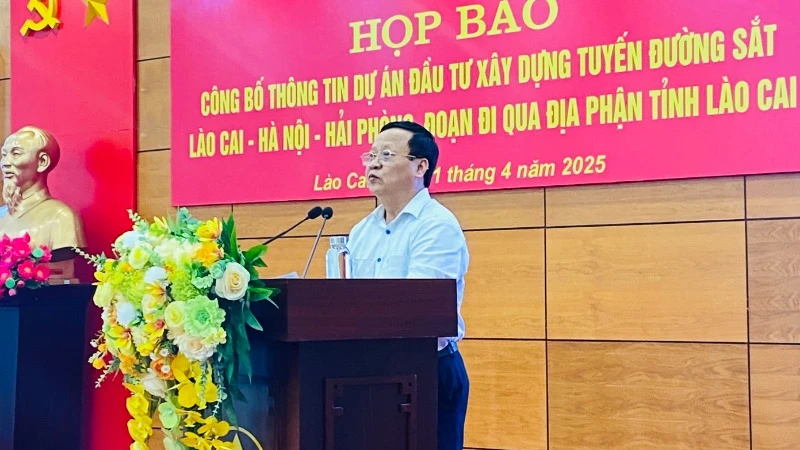

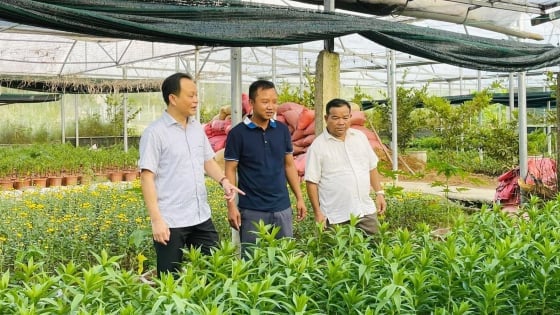
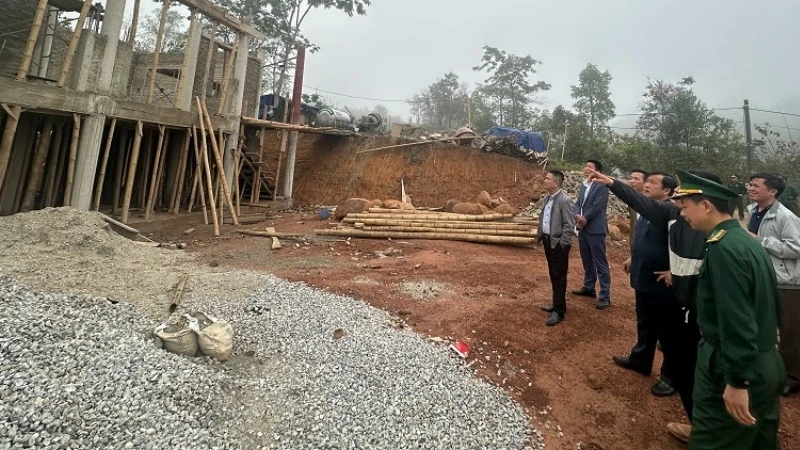
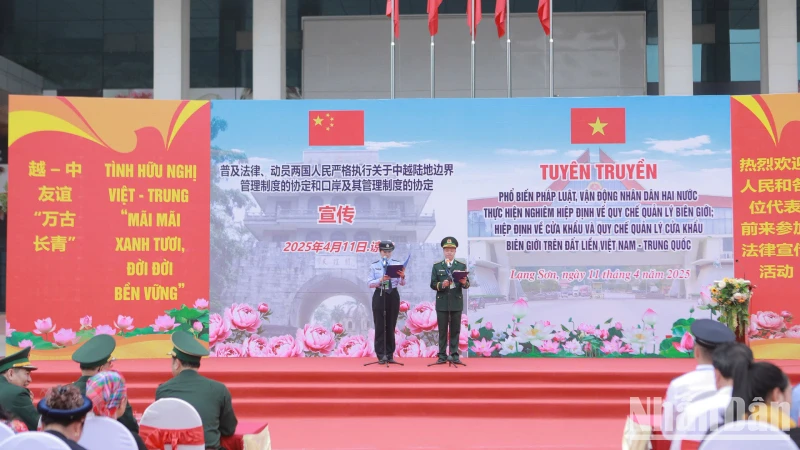



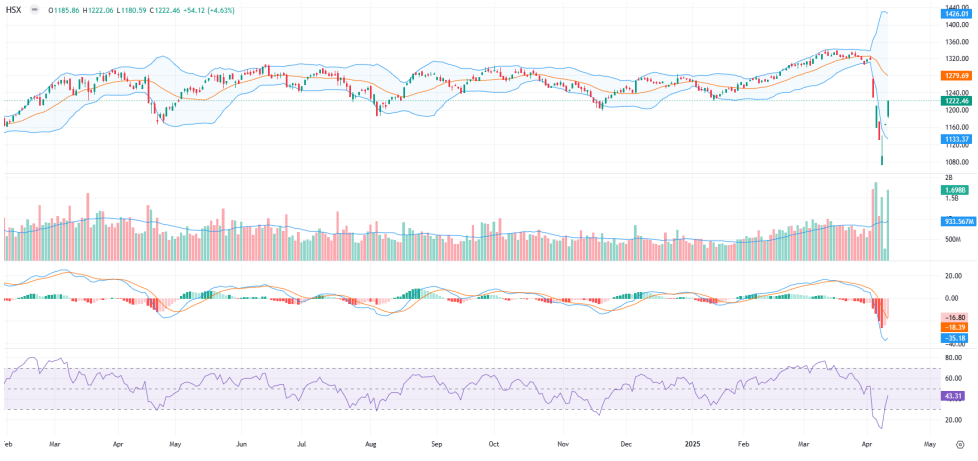
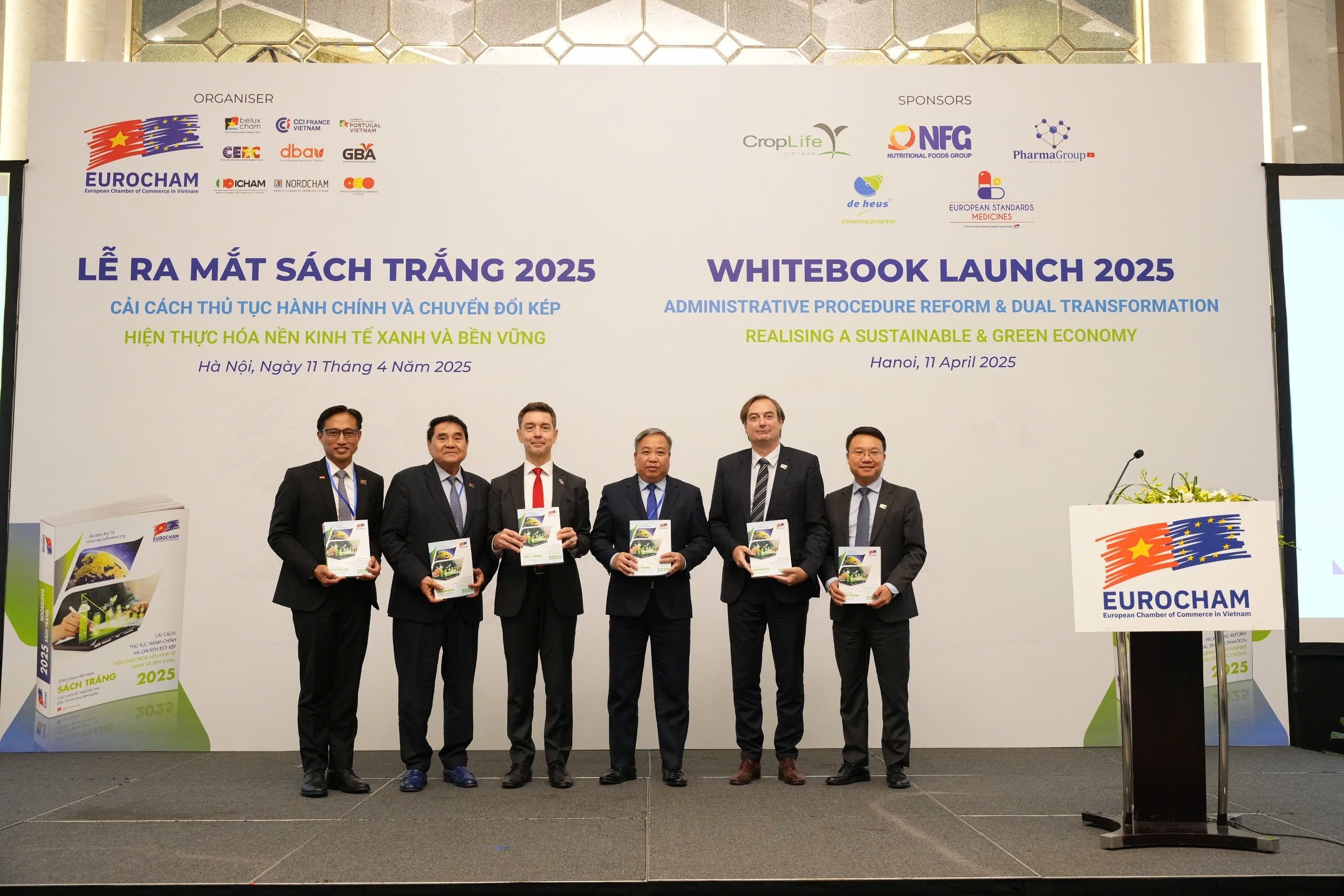
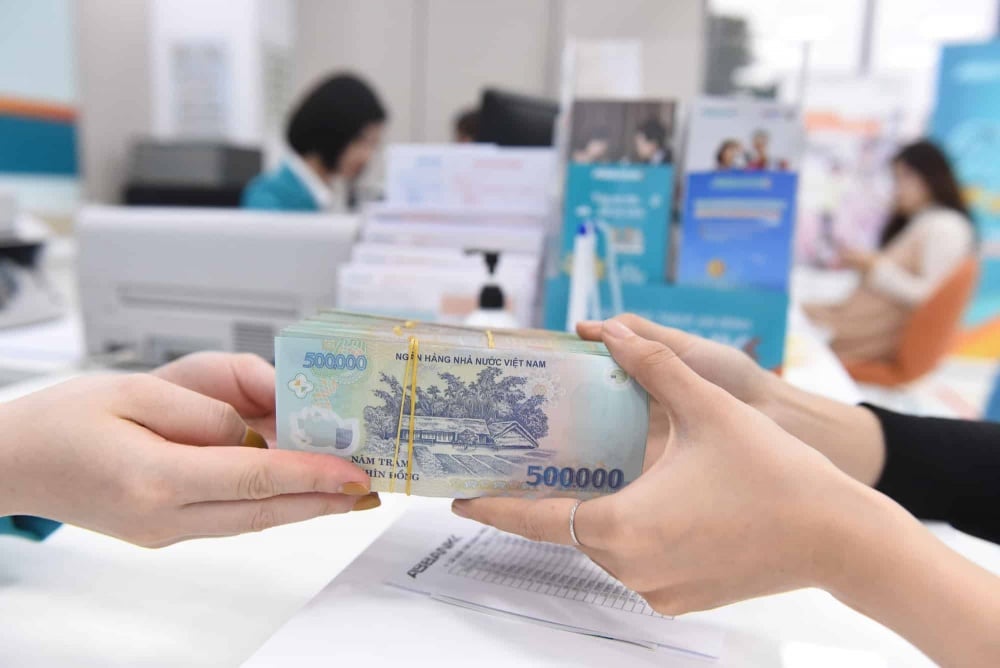


![[Photo] Summary of parade practice in preparation for the April 30th celebration](https://vstatic.vietnam.vn/vietnam/resource/IMAGE/2025/4/11/78cfee0f2cc045b387ff1a4362b5950f)










































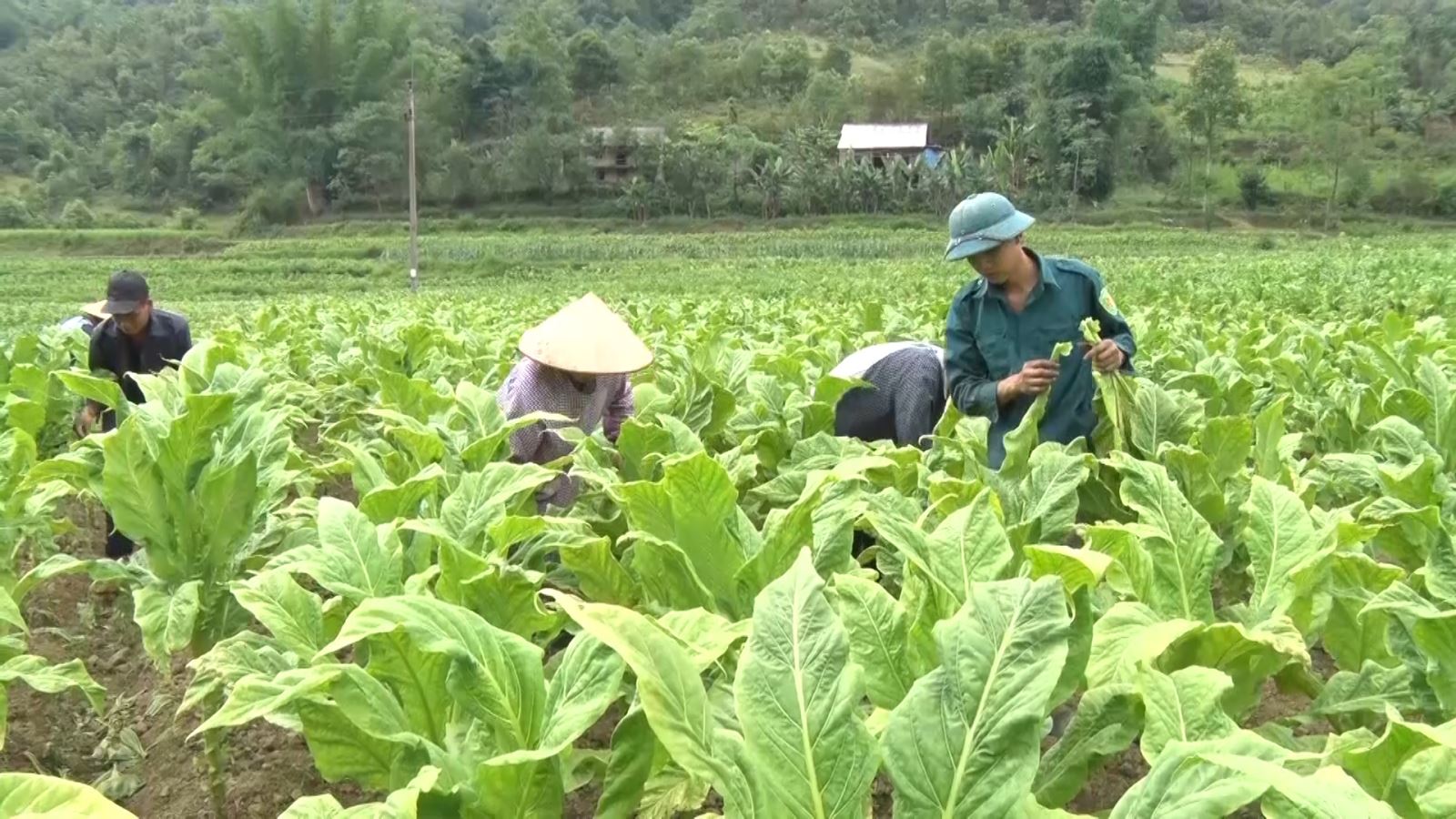




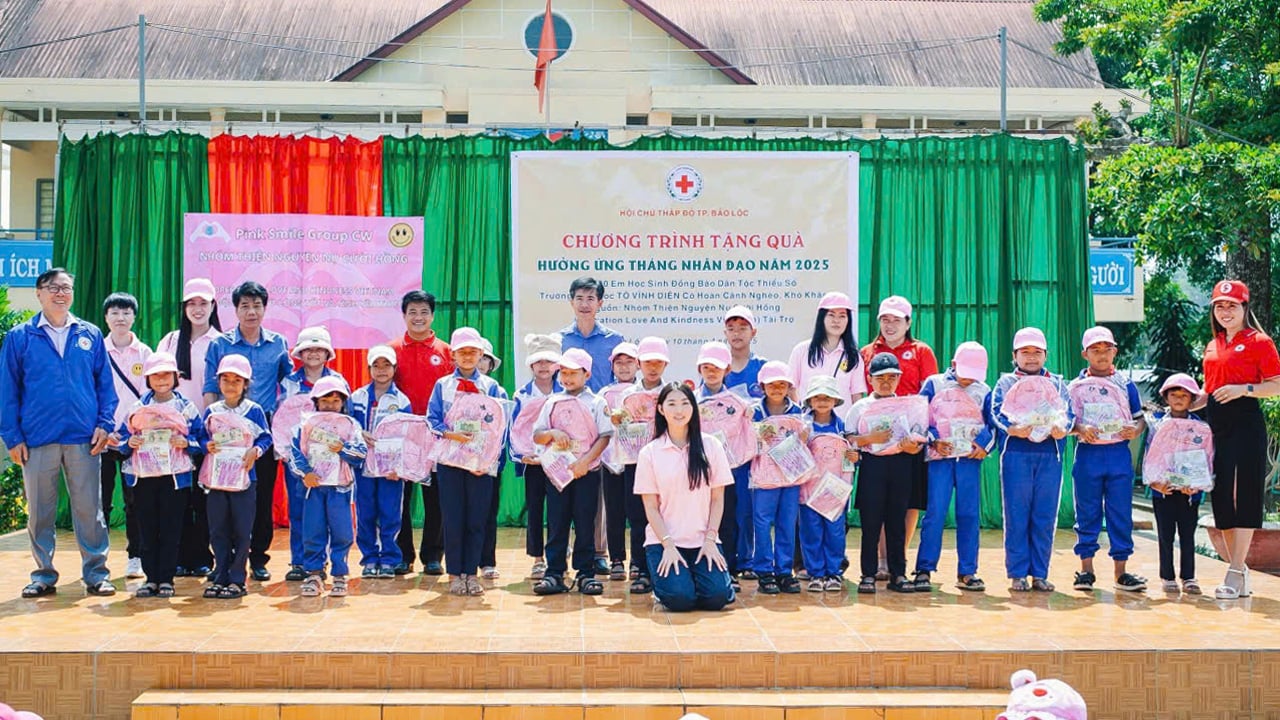













Comment (0)